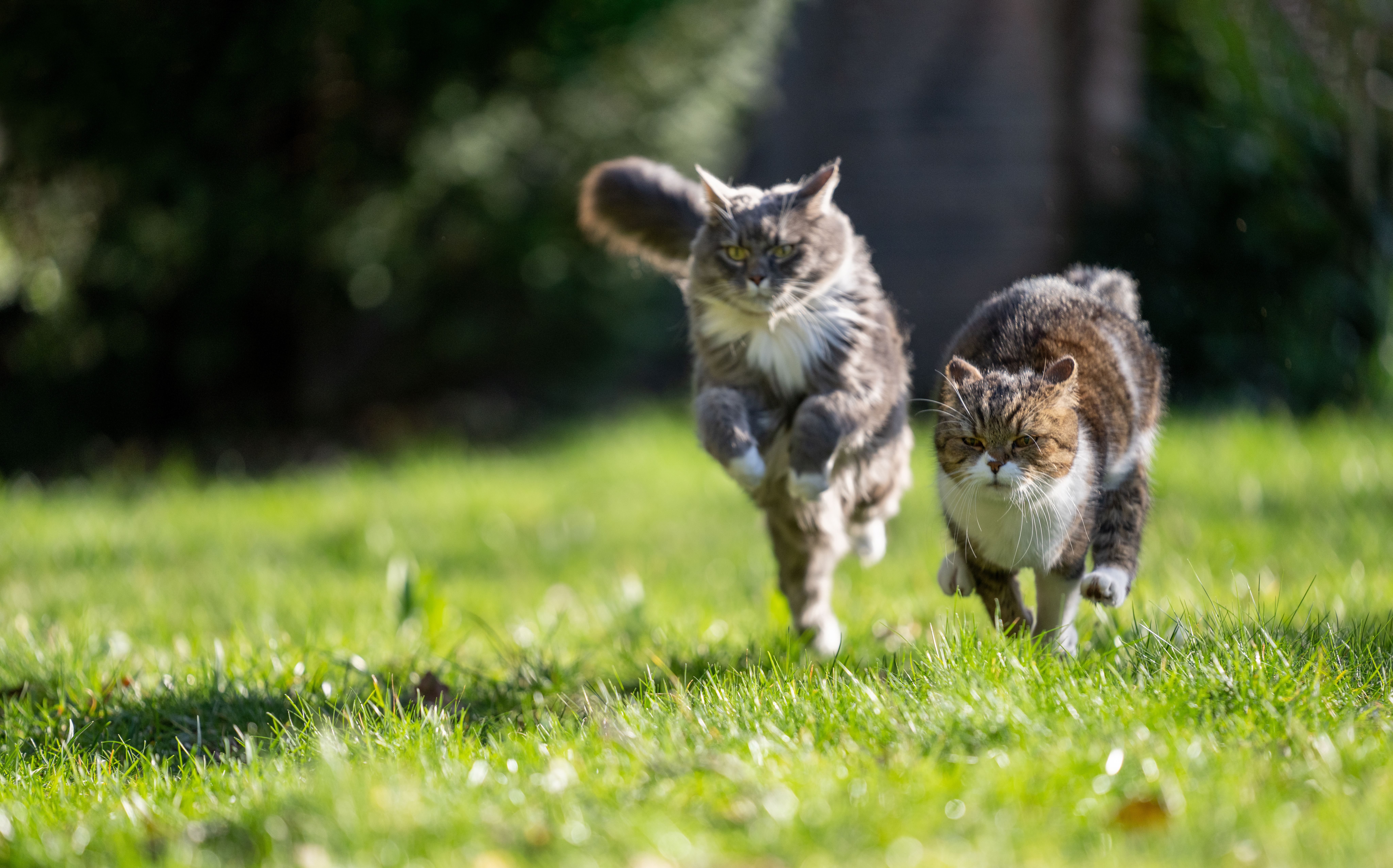Research reveals efficacy of non-surgical contraceptive alternative for cats
Marks key milestone toward humanely reducing free-roaming cat populations and reducing shelter euthanasia of healthy cats
FurryFritz / stock.adobe.com

Cincinnati Zoo & Botanical Garden has published research1 revealed that a single dose of Anti-Müllerian Hormone (AMH) gene therapy can induce long-term contraception in female cats.
According to an organizational release,2 this research was gathered with help from the Cincinnati Zoo & Botanical Garden’s Center for Conservation and Research of Endangered Wildlife (CREW) and collaborators from Massachusetts General Hospital (MGH) and Horae Gene Therapy Center recently published findings from a study funded by The Joanie Bernard Foundation and The Michelson Found Animals Foundation
Eighty percent of the estimated 600 million domestic cats worldwide are free-roaming.1 Along with stressful lives, these cats confront potential euthanasia in animal shelters. Animal welfare experts have long identified sterilization as a key factor to humanely reduce free-roaming cat populations and currently, there are no contraceptives that produce permanent sterilization in companion animals, with spaying being the most widely used option.
“The trap, neuter [spay], return model is difficult to achieve on a large scale because surgery requires general anesthesia, an adequately equipped surgical facility, and more veterinarians than are currently available,” said senior author and CREW’s director of animal research, Bill Swanson, DVM, PhD.
The study
Six female cats at CREW were treated with AMH gene therapy and 3 untreated females were in the control group. A single injection of the treatment caused the cats’ muscle cells to produce AMH (which is normally only produced in the ovaries) and increased the overall level of AMH about 100 times higher. Two 4-month-long breeding trials were performed 1 and 2 years post-treatment to test the efficacy of the AMH gene therapy.1 “Evidence for the effectiveness of this treatment is strong. All of the control (non-treated) cats produced kittens, but none of the cats treated with the gene therapy became pregnant,” shared Lindsey Vansandt, DVM, PhD, lead author on the paper and director of CREW’s Imperiled Cat Signature Project, in the release.2
For over 3 years, the treated cats have been monitored to examine the safety of the treatment, including regular physical exams, abdominal ultrasounds, and bloodwork. There were no adverse effects shown in any of the treated cats, displaying that at the doses tested, the gene therapy was safe and well tolerated.1
“A non-surgical sterilant for community and companion animals is long overdue and will transform animal welfare,” said Gary K. Michelson (MD), founder and co-chair of the Michelson Found Animals Foundation, which helped fund the study. “This breakthrough discovery is a major milestone in our quest to provide pet owners with an alternative to surgical spay and neuter.”
After the study was over, all of the study cats became available for adoption. Several of them have already found their forever homes with Cincinnati Zoo staff members and volunteers, including 3 cats that were adopted by Bill Swanson, DVM, PhD. “We are cat lovers, which is one of the reasons we’re excited about what this new technology can do to improve the lives of domestic cats,” said Swanson.
What’s more, this therapy doesn’t only benefit cats. Cats' outdoor hunting habits have had negative repercussions for wildlife populations, including North American Songbirds. “Cat predation is a major source of mortality in wild birds. Outdoor cats also contribute indirectly through fear, resource competition, and disease transmission,” said Jenny Gainer, curator of birds & African animals at Cincinnati Zoo & Botanical Garden, in the release. “Controlling and reducing the population of free-roaming cats will make a major difference for declining songbird populations.”2
“I’m both a domestic cat advocate and a wildlife advocate. Our technology has the potential to significantly improve the welfare of both,” said Vansandt. “This safe and effective non-surgical solution has tremendous potential to win the fight against pet overpopulation and end shelter euthanasia of healthy animals.”
References
- Vansandt LM, Meinsohn MC, Godin P, et al. Durable contraception in the female domestic cat using viral-vectored delivery of a feline anti-Müllerian hormone transgene. Nat Commun. 2023 Jun 6;14(1):3140. doi: 10.1038/s41467-023-38721-0.
- Cincinnati Zoo scientists advance non-surgical contraceptive alternative for cats. Cincinnati Zoo & Botanical Garden. June 6, 2023. Accessed June 8, 2023. https://cincinnatizoo.org/news-releases/cincinnati-zoo-scientists-advance-non-surgical-contraceptive-alternative-for-cats







